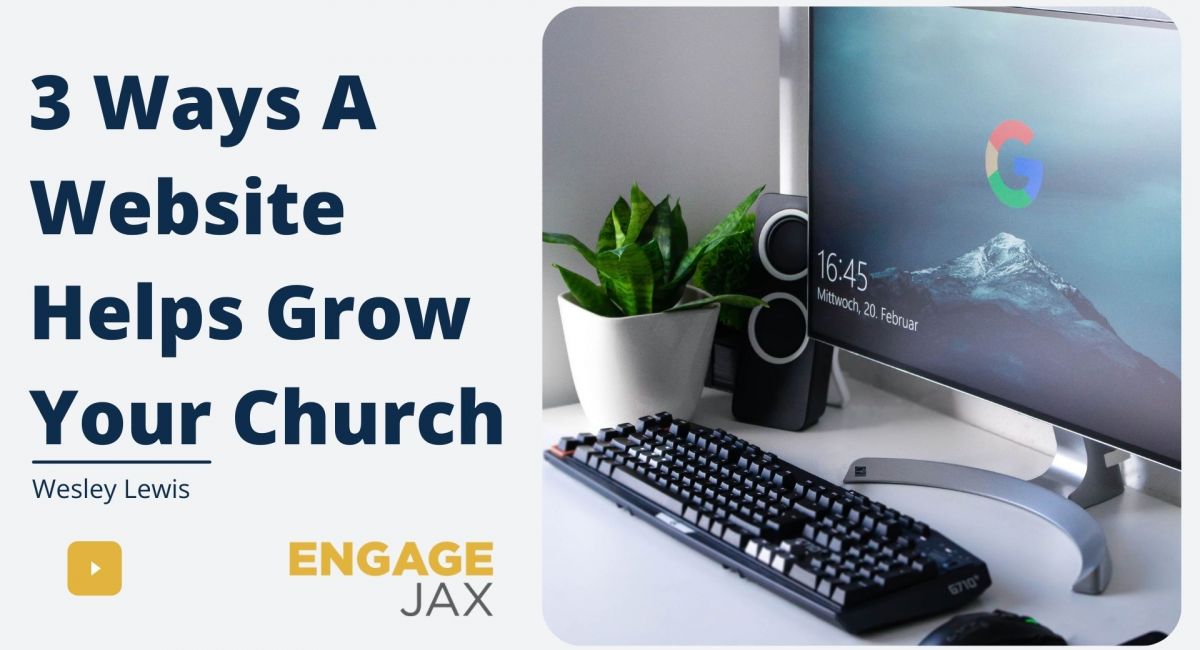
3 Ways A Good Website Grows Your Church
As church leaders, we’re always looking for ways that we can increase our impact and grow our churches. It’s win-win when we can use the tools we already have. When was the last time you reviewed your website to make sure it’s helping your ministry efforts? Your website is a clutch player when it comes to helping you impact your community. Below I’ve listed 3 ways your website can help grow your church.
1. It crafts a positive first impression.
The hard thing about first impressions is that you only get one shot at making them. We live in a society that is constantly bombarded with more and more messages, making it hard for our brains to keep up! But our brains are good at quickly sizing up a person, organization, business, or church. After a visitor searches for you, they will visit your website and form an impression of you in 5 seconds or less. Forty-eight percent (48%) of website visitors say the design of the site is the main factor they use to determine the credibility of a website. We all know that making a positive impression on a potential visitor is multifaceted. Greeters, children’s programs, and worship services all play important roles. But make no mistake, your website is either hurting or helping your first impression and will frame how potential visitors think about your church, driving their decision to attend a service or not.
2. It connects people with their next step.
When people struggle to know what they need to do next, your church will lose. Without a clear direction people will wander and get lost. I like how the CSB puts Proverbs 29:18: “Without revelation people run wild, but the one who follows divine instruction will be happy”. So having a consistent place for people to get their next steps will lower a barrier and keep them on the right path to taking those steps. Maybe they’ve just committed their life to Christ and they want to join a small group. Where will they get the information about service times and locations? Your website. Or maybe they’re looking for information on a children’s program. Either way your website will be the first place they look. Making that information easily accessible must be a top priority.
3. It communicates your “why”.
Before people are willing to commit, you must establish trust. This is a factor that is primarily generated when people understand your “why”. What is the heartbeat of your church? How can people learn more about what drives you to do what you do? We can talk about it from the stage, and we should, but understanding your “why” requires more time than you can give during a worship service. Your website offers the perfect platform for people to get to know you and why you do what you do. They need to be able to learn about your mission, vision, beliefs, leadership and ultimately break through that “getting to know you” barrier. These pages offer you the opportunity to communicate empathy, authenticity, and authority so people know they can trust you and you can help them solve their problems. This is key to getting visitors, especially GenZ, to stick.
In conclusion, whether it’s social media links, the latest sermon, phone numbers, service times, or even live stream feeds, your church website is the hub of all you do online. Just like your sanctuary is the centerpiece of all church activities, your website is the one-stop-shop for all the information people want to know. The great thing about it is that it’s open 24/7, is accessible to anyone, and doesn’t need to be staffed all the time. That means it can be serving up information and helping your church grow while you’re sleeping. Did you know that almost 1/3 of your website’s visitors are just looking for simple contact information? The prayer is that while they are looking for that information, they will learn more about the ways your church can help them and plan a visit or watch a service online.
5 Quick Tips To Make Your Website Better
- Review your website’s photography and make sure it’s authentic and of good quality.
- Read through your website from a visitor’s perspective and make sure it has the information they would be looking for.
- Make sure your website has a cohesive design and feel as this communicates professionalism.
- Put service times and locations near the “above the fold” section on your site to make it easy for visitors to find quickly.
- Always be sure your contact information is accurate and reflected in the footer of your site.
Wesley is the EngageJax Communication & Technology specialist. He’s also the creative director and owner of One Eighty Digital a church focused digital marketing agency.




